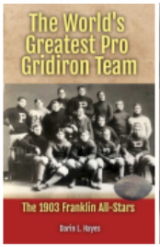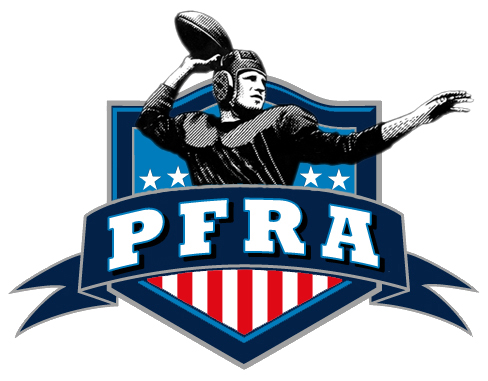The popular football history website founded by Timothy Brown. Tim's FootballArchaeology.com has a daily football factoid that he shares that are really quite interesting in a short read. They preserve football history in a very unique way and we are quite happy that Tim has agreed to join us each week to go over some of his Today's Tidbits. There are also other longer posts and even some links to Mr. Brown's books on football history. Click that link and you can subscribe for free to receive them yourself each evening.
We are so pleased and honored that this scholar of early football spends a little bit of time with us via podcast and video to help celebrate the game we all love, and enlighten us about football's forgotten aspects. These lessons from this esteemed Football Archaeologist provide a framework of respect for our gridiron ancestors in a few ways on enlightenment.
Remembering the past illuminates the incredible athletic advancements players have made. Early football, though brutal, lacked the refined skillsets and physical conditioning seen today. Quarterbacks like Johnny Unitas revolutionized passing accuracy, while running backs like Jim Brown redefined power and agility. By appreciating these historical feats, we can marvel at the lightning-fast speed and pinpoint throws commonplace in today's game.
Secondly, the past offers valuable lessons in the constant evolution of strategy. From the single-wing formations of the early 20th century to the spread offenses of today, the game has continuously adapted. Studying these shifts allows us to see the brilliance of modern offensive and defensive coordinators who devise complex schemes to exploit weaknesses and control the game's tempo.
Finally, remembering the past allows us to celebrate the enduring spirit of the sport. The fierce rivalries, the iconic stadiums, and the passionate fan bases have all been a part of the game for over a century. By appreciating these enduring elements, we connect with the generations who came before us and understand the deeper cultural significance of American football.










